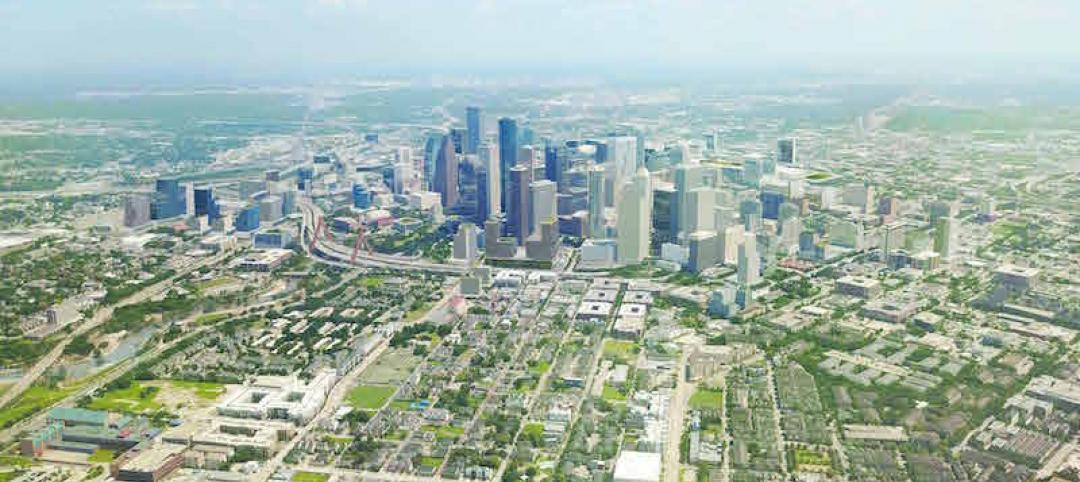Cities interested in bolstering their economies through innovation should look beyond the typical formalized processes.
Instead, a new paper from the Brookings Anne T. and Robert M. Bass Initiative on Innovation and Placemaking pushes economic development leaders to recognize that different types of firms innovate through distinct actors and both market and non-market channels. As a result, regions require industry-tailored innovation-support strategies.
In “How Firms Learn: Industry specific strategies for urban economies,” Brookings Senior Policy Analyst and Associate Fellow Scott Andes examines how manufacturing and software services firms develop new products, processes, and ideas. He illustrates three archetypal innovation models, which correspond to three industry types:
- Classic Industries, such as pharmaceuticals, work primarily with universities and other traditional innovation actors and use market channels, including contracts and licensing agreements, as sources of invention.
- Unconventional Industries, exemplified by small-and medium-sized manufacturers, primarily source innovation from clients and suppliers and pursue informal innovation channels, such as joint research agreements and supplier contracts.
- Mixed Industries predominantly rely on non-traditional actors but formal market channels to acquire innovation. Example industries include semiconductors, chemicals, and textiles.
“In order to build strong regional economies, urban economic development leaders should stop carbon copying other cities’ approaches and instead align local economic strategies with the particular ways their dominant industries innovate,” Andes said.
Specifically, public, private, and institutional stakeholders should develop strategies that:
- Recognize that all industries can be innovative, not just software and medical technology startups, and identify the particular innovation pathways utilized by local firms.
- Eliminate institution-wide technology transfer practices at research universities that focus on licensing and allow specific departments and centers to cater to different industries.
- Establish partnerships with non-research colleges and universities to support firms seeking short-term process innovation.
- Modify the traditional accelerator model to respond to the innovation needs of startups in nontraditional growth sectors.
- Link designers, engineers, and software developers in urban centers to manufacturing supply chains in the surrounding regions.
- Advance appropriate place-based strategies to increase the density of innovative firms and support organizations.
Such industry-contextualized approaches will allow for urban economic development resources to be used to their best advantage and firms and other innovation actors to maximize learning and economic power.
 Sources of innovation and channels by which acquired, by industry. Source: Author’s analysis of Arora, Cohen, and Walsh (2014) and Graham (2009). Click image to enlarge.
Sources of innovation and channels by which acquired, by industry. Source: Author’s analysis of Arora, Cohen, and Walsh (2014) and Graham (2009). Click image to enlarge.
Related Stories
Urban Planning | Jan 24, 2018
Vision Zero comes to Austin: An outside perspective
Aside from the roads being wider and the lack of infrastructure for bikes and pedestrians, there seemed to be some deeper unpredictability in the movement of people, vehicles, bikes, and buses.
Urban Planning | Jan 10, 2018
Keys to the city: Urban planning and our climate future
Corporate interests large and small are already focused on what the impact of climate change means to their business.
Urban Planning | Jan 2, 2018
The ethics of urbanization
While we focus on designing organized and supportive architecture, much of urbanization is created through informal settlements.
Urban Planning | Dec 5, 2017
A call for urban intensification
Rather than focus on urban “densification" perhaps we should consider urban “intensification.”
Urban Planning | Dec 4, 2017
Sports ‘districts’ are popping up all over America
In downtown Minneapolis, the city’s decision about where to build the new U.S. Bank Stadium coincided with an adjacent five-block redevelopment project.
Urban Planning | Dec 4, 2017
Can you spark an urban renaissance?
Thoughtful design, architecture, and planning can accelerate and even create an urban renaissance.
Urban Planning | Nov 20, 2017
Creating safer streets: Solutions for high-crash locations
While there has been an emphasis on improving safety along corridors, it is equally important to focus on identifying potential safety issues at intersections.
Urban Planning | Nov 16, 2017
Business groups present a new vision of Downtown Houston as that city’s unavoidable hub
The plan, which took 18 months to complete, emphasizes the centrality of downtown to the metro’s eight counties.
Architects | Oct 30, 2017
City 2050: What will your city look like in 2050?
What do we think the future will look like 30 years or so from now? And what will City: 2050 be like?
Great Solutions | Oct 17, 2017
Loop NYC would reclaim 24 miles of park space from Manhattan’s street grid
A new proposal leverages driverless cars to free up almost all of Manhattan’s Park Avenue and Broadway for pedestrian paths.

















